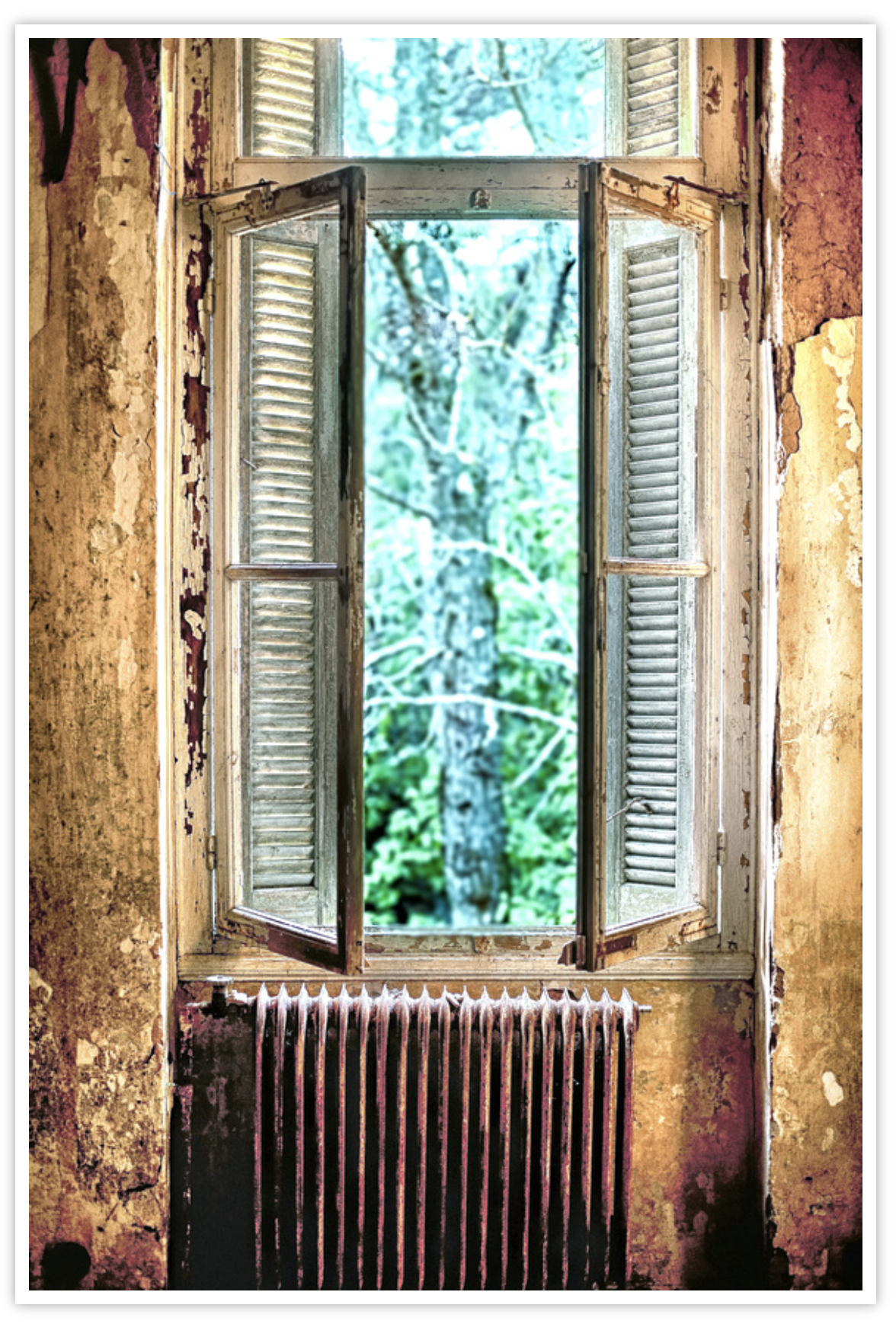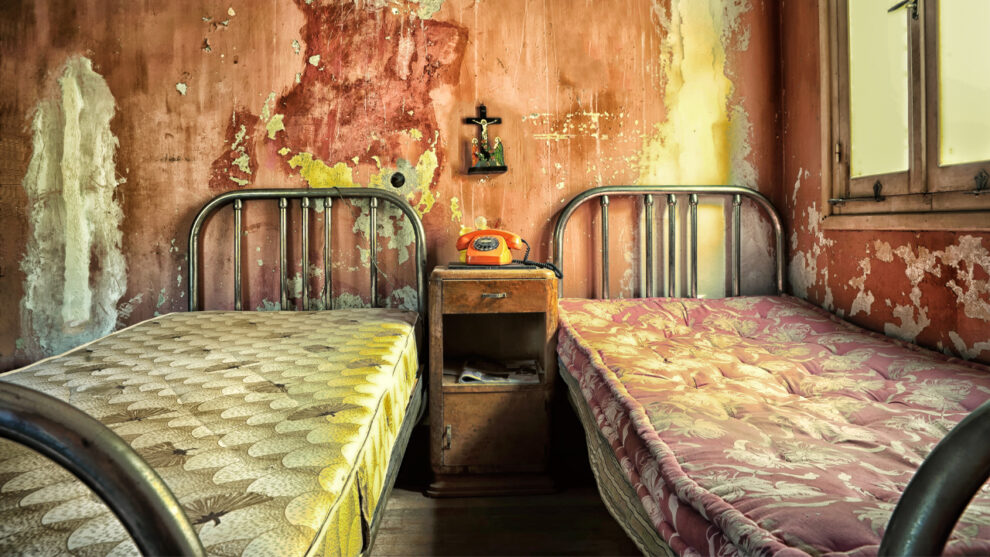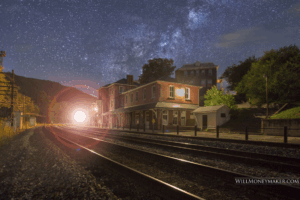As the old saying goes, “You get what you pay for.” I find that nowhere is this more true than in photography. It’s not just the gear that you are paying for. In photography, you are also paying for art with your time, creativity, and effort. And, if you don’t pay out much with those currencies, well, then this saying rings true. Here, I will talk about all of the ways that you get out what you put in when it comes to photography.
Your Equipment
When it comes to your camera, lenses, lighting and all the other bits of gear that you’ll need over the years, you’ll certainly get what you pay for. It is wise to remember that the cheap option isn’t necessarily the best option.
However, this doesn’t necessarily mean that you have to buy the best of the best, or else you won’t create good photographs. More, I’m talking about prices as they are relative to the piece of equipment.
For instance, if you have is $500 to spend right now, you would be far better served to buy a good used camera and lens than you would be to buy an extraordinarily cheap camera and a few cheap lenses. You would also be better off buying the good used camera over a battered, broken professional camera that is only at a low price because it is in such terrible shape.
Costs can also mean the difference between a top-notch lens with fungus growing between the elements versus a slightly lower quality lens that is in perfect condition. Any time you purchase a piece of equipment, you’ll need to weigh the cost compared to the quality that piece of equipment will produce.
Paying for Art with Effort and Thought
Photography should be hard. That doesn’t mean that it can’t be fun — it should be both difficult and enjoyable. If it is difficult to create a particular image, then you will know that not many other photographers have created such an image. Frankly, it takes a lot of thought and consideration to create any kind of art.
In photography, you’ll need to put time into thinking of an idea. Then more time into composing the image, taking the image — not just once, but many times from multiple angles and perhaps even with different kinds of light. Then, you’ll spend yet more time thinking about and trying post-processing techniques and deciding how you want to have the image printed, matted and displayed.

If you aren’t putting a lot of effort into all of these things, then you’ll certainly get what you pay for, though it might not be what you wanted.
Make Each Step Count
I talked a bit about the collective effort of creating a photograph above. But what about each individual step? What I mean to say here is that it does not matter if you put lots and lots of effort into most of the steps, only to cut corners on one or two of the steps.
An example would be to spend hours composing an image, then spending only a few minutes on post-processing — if you do any processing at all. Or perhaps you spent all kinds of time perfecting the lighting on a hurried composure that you later realize wasn’t that great.
If you are willing to put the effort in at all, then make sure to take it all the way. It is far better to explore all of your options when post-processing rather than cropping the image and calling it done, and if you are going to spend all kinds of time setting up lighting equipment, then you’ll find it worth your while to spend a decent amount of time simply composing.
Perhaps this is an instance where you don’t get what you paid for. After all, if you are only cutting corners on a couple of steps, then you have certainly paid at least some of the cost of creating art — just not enough of the costs to produce the absolute best art that you can.
Planning and Patience Are Costs, Too
Once in a while, inspiration strikes you and allows you to create something amazing. More often, however, those amazing images are the result of days, weeks, months or even years of thinking and planning. It isn’t always good enough to suddenly think to yourself, “Today, I will hopefully make art with whatever subjects are at hand.” That method relies too much on luck to be at all reliable.
When an idea comes to you, be patient. Don’t run right out and try to produce that idea. Write the idea down and let it turn over in your head until you have a few more ideas to make the original idea better. Then, wait some more. Wait for the right moment, the right emotion, the right place, the right quality of light or season of the year. As you wait, you’ll be able to perfect the image in your mind’s eye, and create the image when everything is just right.
Waiting is valuable elsewhere in your photographic process, too. After you’ve taken a great photograph, if you are like me, you are excited to go home and start tinkering with the post-processing. Of course, there is nothing wrong with this. But, you might find that the best post processing ideas come to you days or weeks after you took the photograph.
You may even print the photo, look at the final print, and realize that you could have done something differently. It happens to the best of us — probably more often than not. But now that you have waited all this time to see your photograph printed, you’ll be able to go back, improve the image, and print it again.
Every part of photography has a cost — money, effort or thought, usually all three at once. The best photographers pay those costs willingly, even happily, because they know quite well that the old saying is true. You’ll get what you pay for.





